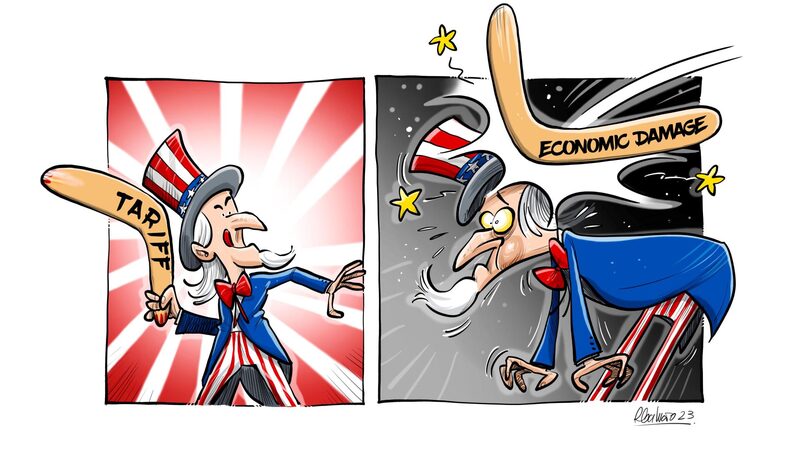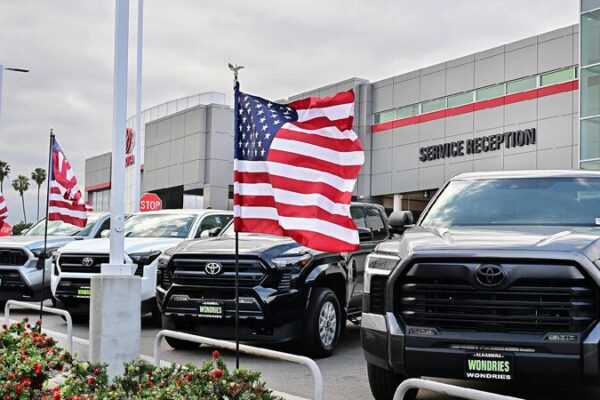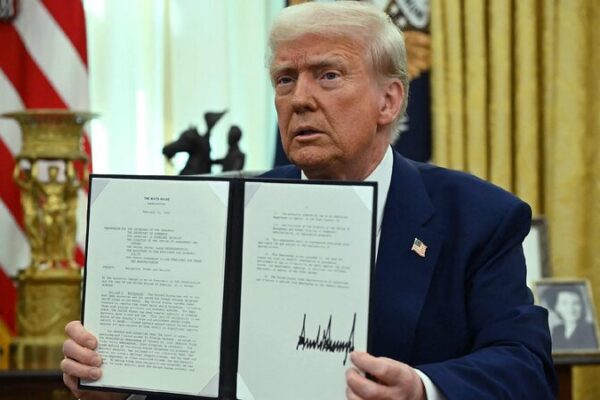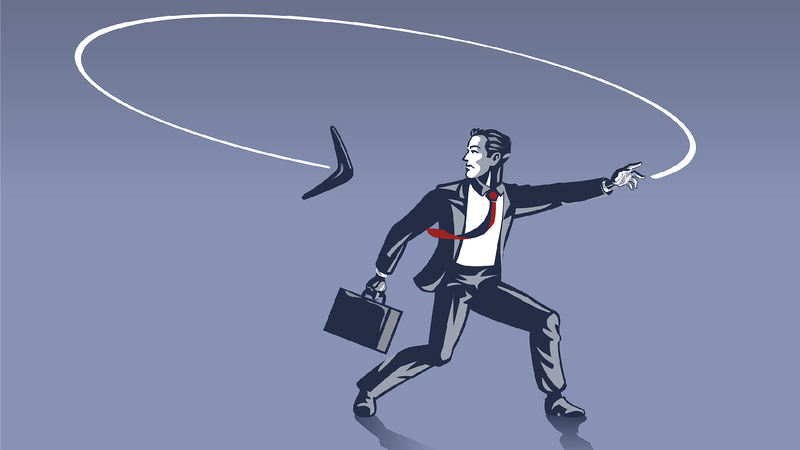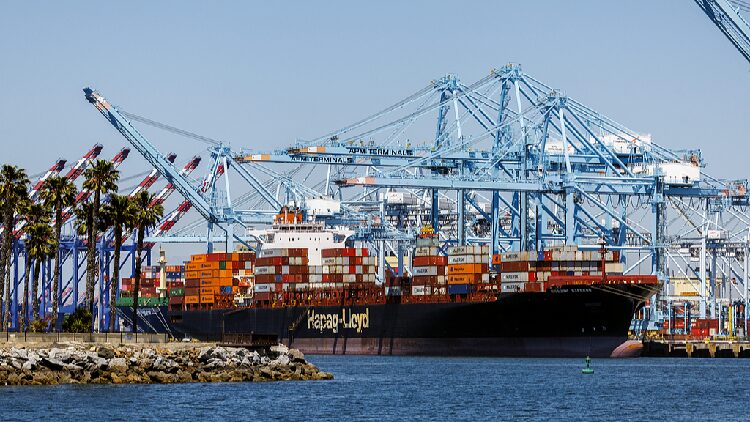The United States has once again turned to tariffs as a tool in its trade policy. While intended to protect domestic industries, these tariffs are likely to backfire, creating a boomerang effect that could harm the very economy they’re meant to safeguard.
As trade costs rise due to increased tariffs, businesses in the US will face higher expenses. This escalation in costs often gets passed down to consumers in the form of higher prices for goods and services. American consumers may soon feel the pinch at the checkout counter, bearing the brunt of these policy decisions.
Moreover, the rise in goods prices contributes to escalating inflation. With inflation on the rise, the purchasing power of consumers decreases, and the cost of living goes up. This scenario can undermine economic growth, as households adjust spending and businesses face uncertainty.
The boomerang effect of tariffs is no joke. While they may seem like a straightforward tactic to boost local industries, the unintended consequences can ripple through the economy. It’s a reminder that in an interconnected global marketplace, policies can have far-reaching impacts beyond their initial targets.
As the situation unfolds, it’s crucial for policymakers to consider the broader implications of trade decisions. Striking a balance between protecting domestic interests and maintaining healthy economic growth is vital for long-term prosperity.
Reference(s):
cgtn.com
